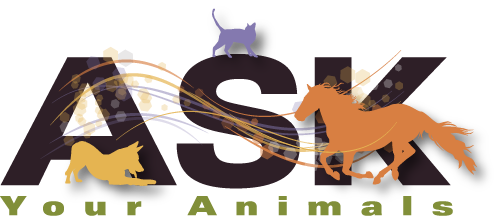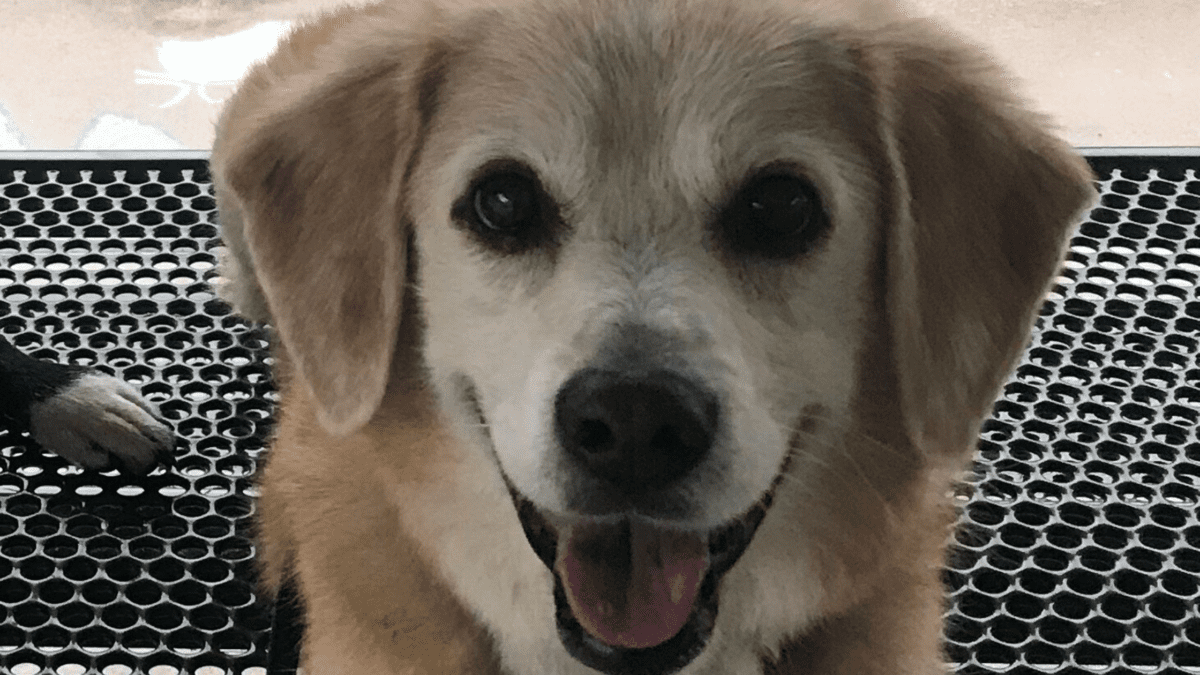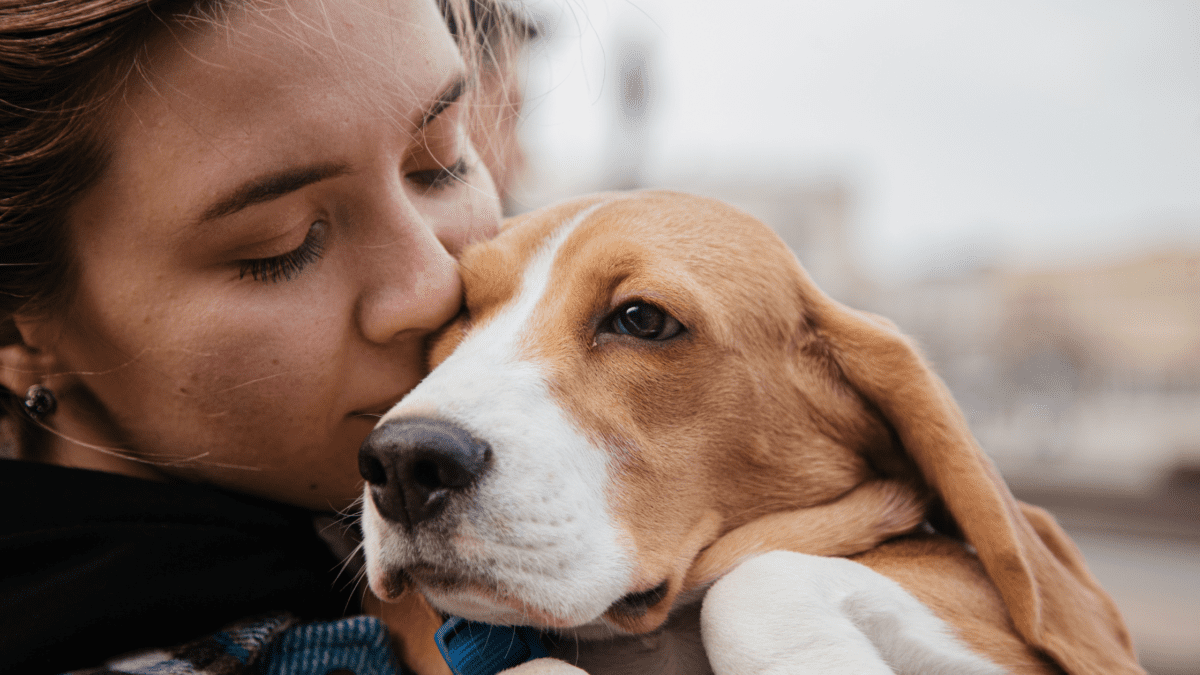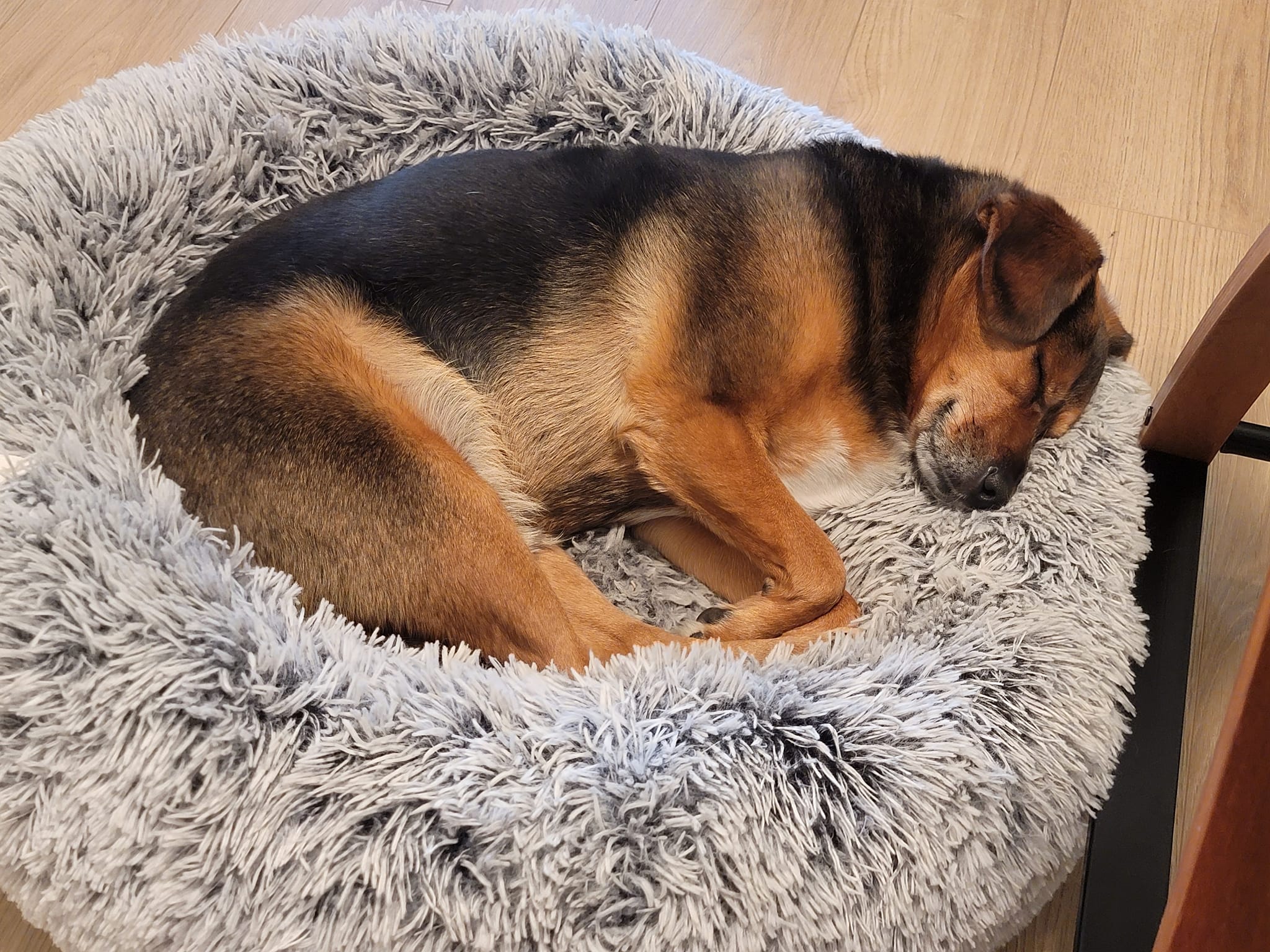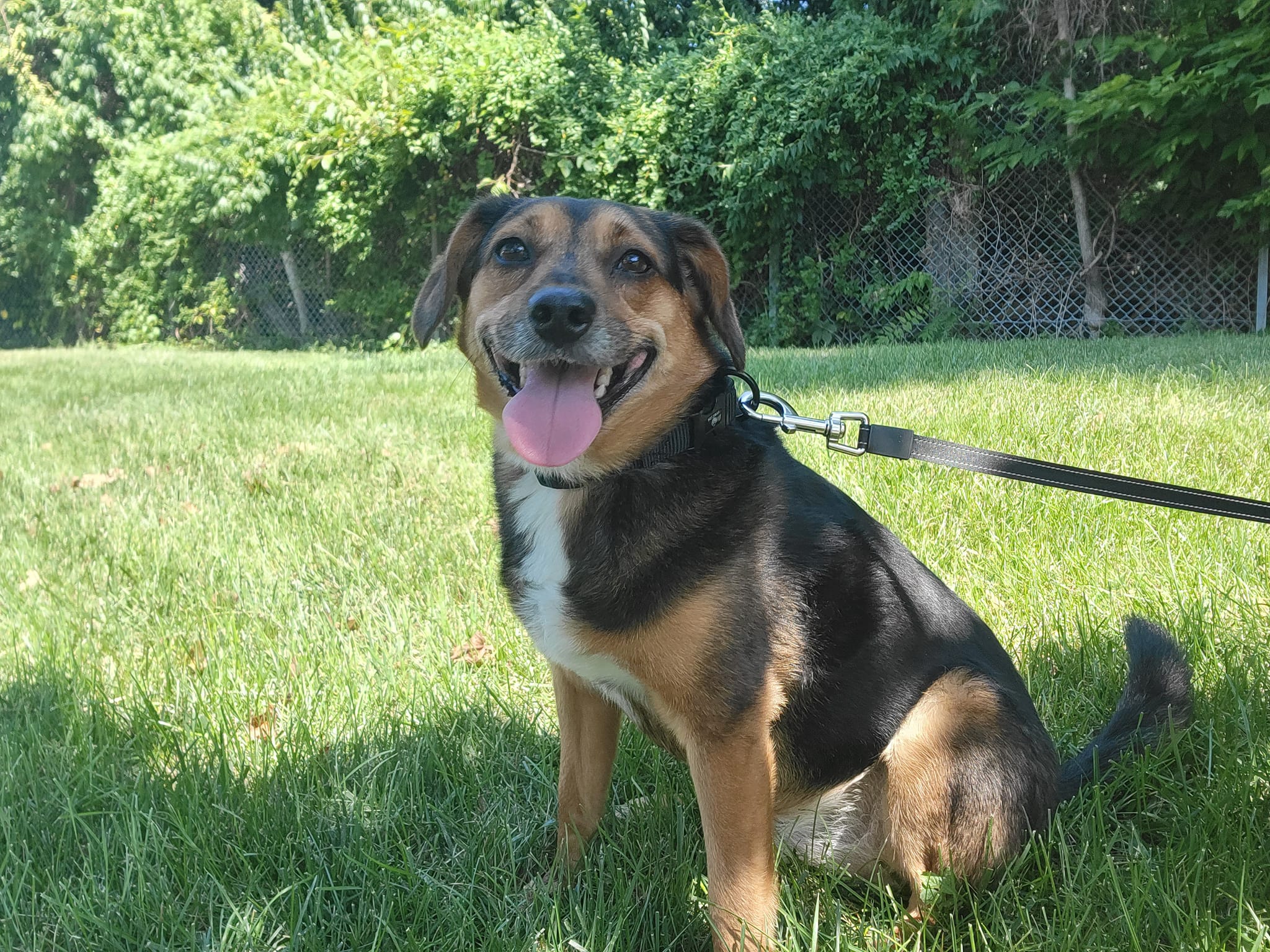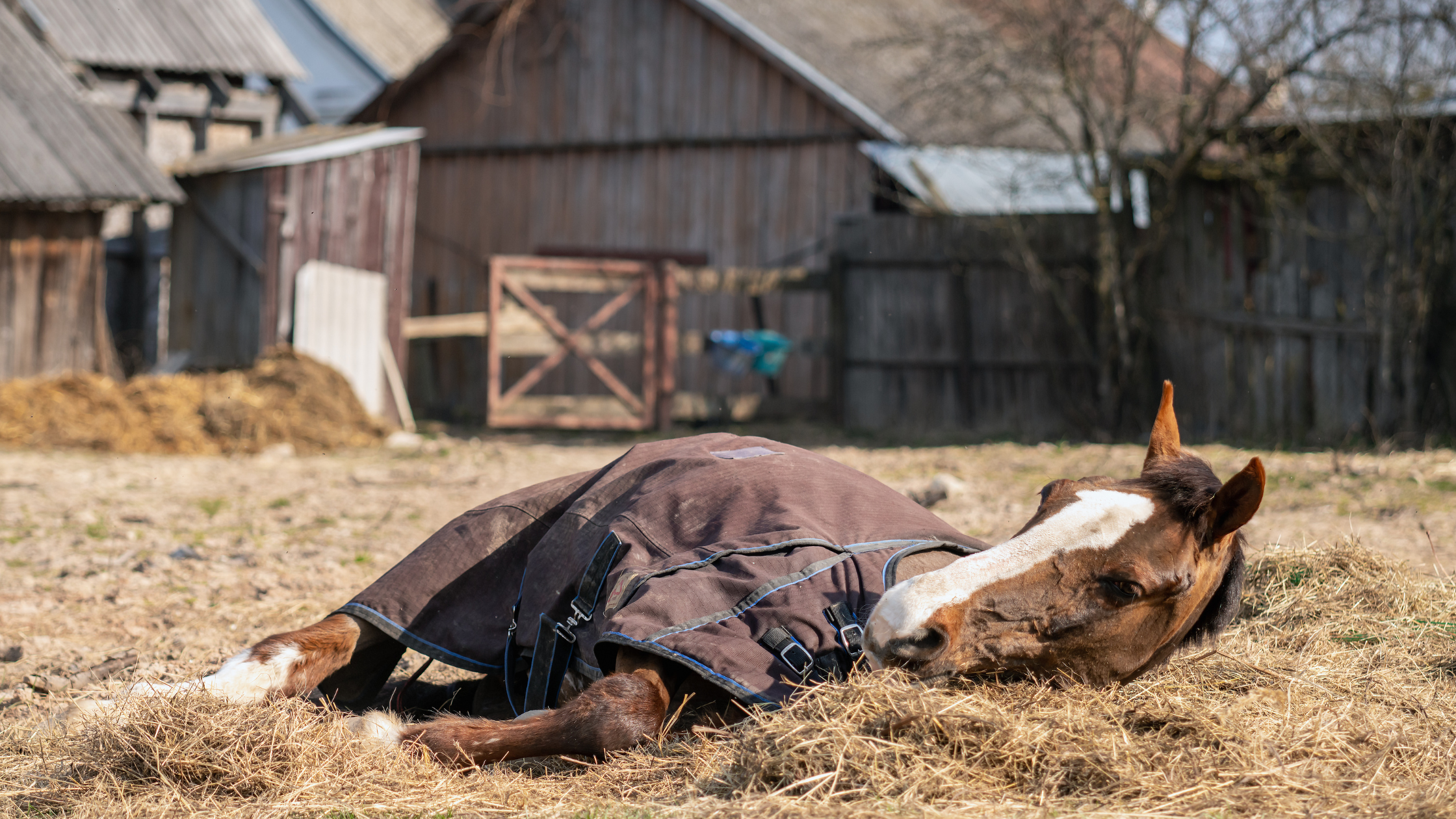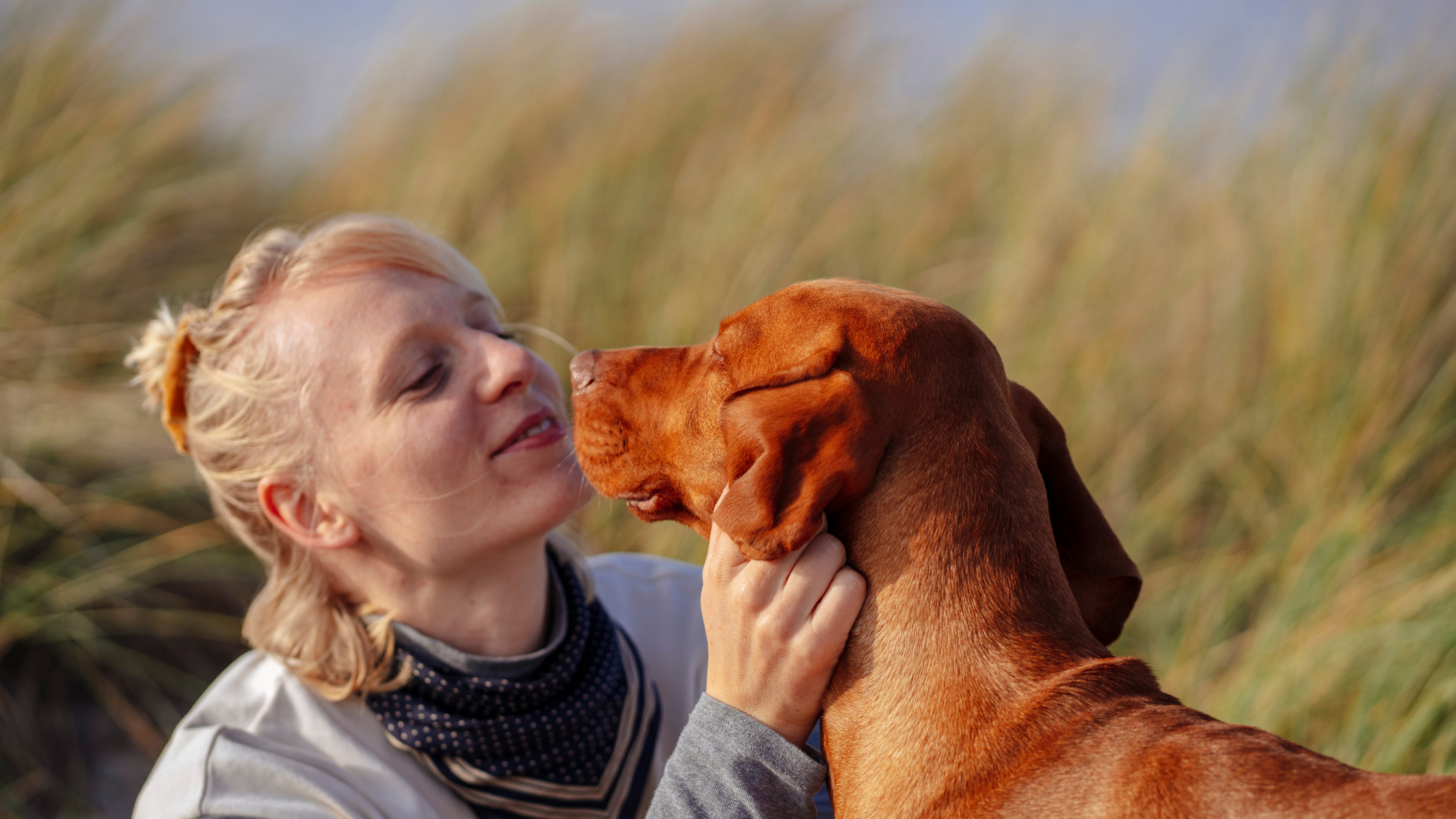Losing a pet is one of the most heart-wrenching experiences we can face, but the bond we share with our animal companions transcends the physical world. In this blog, we explore how you can maintain that connection even after your beloved pet has passed, offering comfort, guidance, and practical steps to honor their memory.
If you missed our blogs last month about understanding your pet’s wishes in their final days, I encourage you to read them. They provided essential insights into the last moments of your pet’s life, offering advice on how to respect and understand their needs as they prepared to transition from this life. Building on that foundation, today’s discussion focuses on how to keep that connection alive in your everyday life.
Embracing the Everlasting Bond
The Spirit Beyond the Physical
Even when your pet is no longer by your side, their spirit remains. Many pet owners report sensing their presence in quiet moments or feeling subtle signs of their continued love. Whether it’s a familiar scent, a gentle breeze, or a sudden, inexplicable comfort during a difficult moment, these experiences can be powerful reminders that your pet’s energy endures.
Honoring Their Legacy
Your pet’s memory can be a source of ongoing comfort. Here are some ways to honor their legacy:
- Create a Memory Space: Dedicate a small area in your home where you display photos, favorite toys, or mementos. This space can serve as a quiet retreat where you can reflect on the joy they brought into your life.
- Keep a Journal: Document your memories, dreams, and any moments where you feel your pet’s presence. Writing can be a therapeutic way to process your emotions and keep your connection alive.
- Celebrate Their Life: Mark anniversaries or special dates with a ritual—light a candle, plant a flower, or share stories with loved ones. These acts of remembrance can help keep your pet’s spirit vibrant in your heart.
Practical Ways to Stay Connected
Meditation and Quiet Reflection
Meditation isn’t just a tool for stress relief—it can also be a bridge to the spiritual realm. Consider setting aside a few minutes each day to sit quietly, breathe deeply, and invite your pet’s presence into your thoughts. Many find that this practice not only provides solace but also a sense of guidance and reassurance from their departed companion.
Engaging with Animal Communication
As an animal communicator, I’ve witnessed firsthand how subtle signals from the other side can offer comfort. Trust your intuition when you sense a message or feel a gentle nudge of reassurance. Here are some suggestions:
- Ask and Listen: In your quiet moments, ask your pet if there is a message they wish to share. Often, answers come as intuitive feelings or visual images.
- Dream Journals: Many pet owners have experienced dreams that feel like visits from their pets. Keeping a journal of these experiences can help you track recurring symbols or messages that bring peace and clarity.
- Seek Guidance: If you’re open to it, consider consulting with an experienced animal communicator who can help interpret these subtle signs and assist you in deepening your connection.
Rituals and Remembrance Practices
Rituals can play a significant role in the grieving process, providing structure and meaning as you navigate your loss. Whether it’s creating a small memorial at home or participating in community remembrance events, these practices can help you feel supported and less alone.
Moving Forward with Love and Gratitude
Grieving the loss of a pet is a deeply personal journey, and there is no right or wrong way to process your feelings. While the pain of loss may never fully fade, nurturing the connection with your pet’s spirit can transform your grief into a lasting tribute of love and gratitude. Remember, the energy of your pet remains a part of you, woven into the fabric of your life. The same empathy, love, and attentive listening that helped you care for your pet in life continue to guide you in their memory.
May you find solace in the memories, strength in the connection, and a gentle reminder that love truly never dies.
